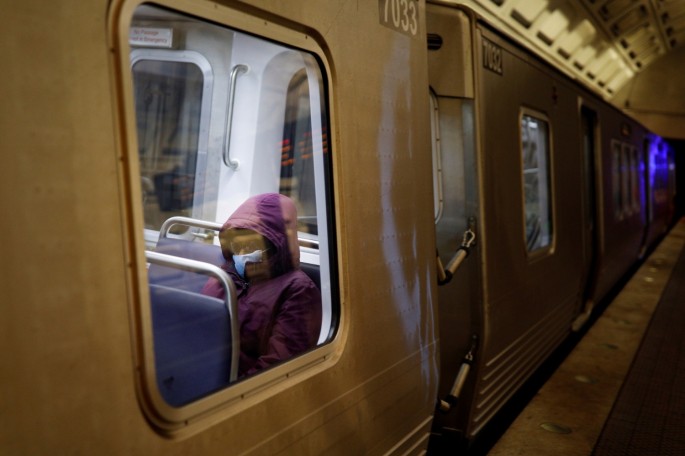The Washington-area subway system said on Thursday subway service will stay sharply reduced through at least Nov. 15 as it works on restoring railcars to service after a derailment on Oct. 12.
On Oct. 17, the Washington Metrorail Safety Commission ordered the subway system to indefinitely remove about 60% of its railcars following inspections after the derailment.
The Washington Metropolitan Area Transit Authority (WMATA), known as the Metro, serves the U.S. capital and parts of Maryland and Virginia. It has urged commuters to take buses or use other transit modes. WMATA said it was working to boost the number of trains available for daily service from 31 to 50.
WMATA general manager Paul Wiedefeld said he did not want to put out a date for improving service. "That's going to be ready when it's safe," Wiedefeld said on Thursday.
Average Metrorail weekday ridership fell about 25% in the days after the reduced service began, WMATA said last week.
The commission ordered WMATA's 748 7000-Series trains removed from service after the National Transportation Safety Board (NTSB) "identified safety concerns related to the spacing of wheels on 7000-Series railcar axles."
The NTSB said WMATA had been aware of wheel assembly issues since 2017. It was a 7000-Series train that was involved in the derailment two weeks ago outside Washington in Arlington, Virginia.
The derailment did not injure any of the 187 passengers onboard, but NTSB chair Jennifer Homendy said the incident could have been "catastrophic."
WMATA has had sharply lower ridership during the pandemic. It said on Thursday it estimates in the 2023 budget year it will see total ridership at about 53-55% and total revenue at 47-48% of pre-pandemic levels.
WMATA predicts current year ridership will be about one-third of pre-COVID levels and forecast usage returning to pre-pandemic levels by 2025.



























